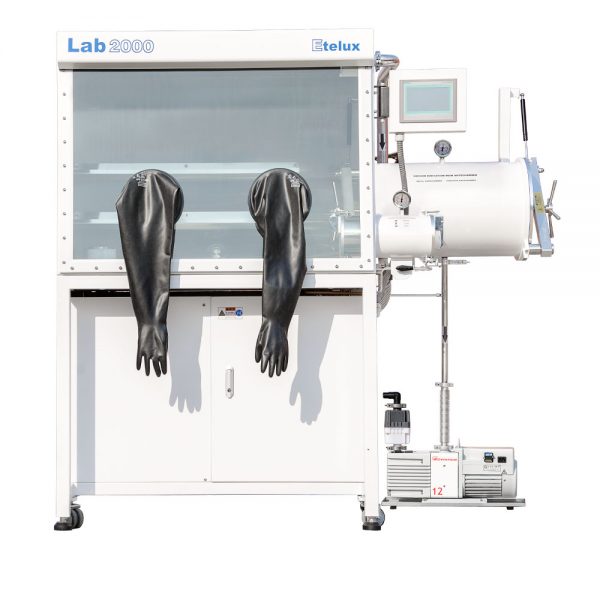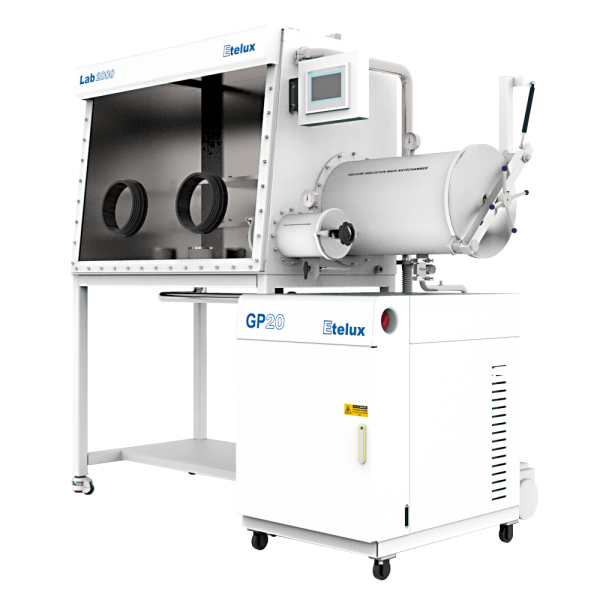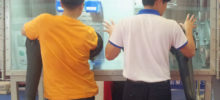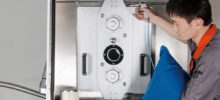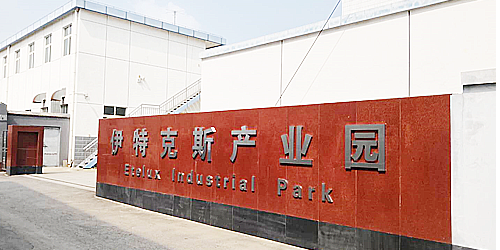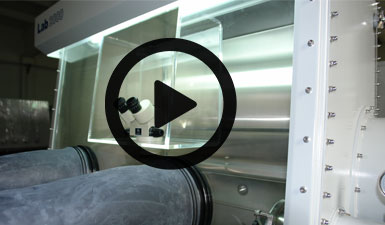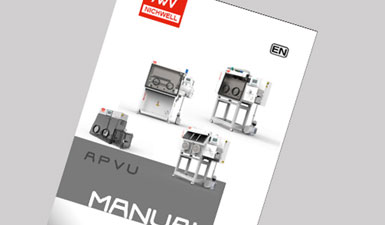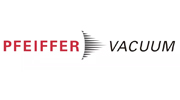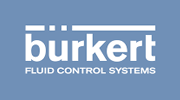In general, standard anaerobic glove boxes are not suitable for the direct insertion of 80 degree Celsius baked labware.
Most anaerobic glove boxes are designed and constructed with materials that may deform, deteriorate, or lose sealing performance when exposed to 80 degrees Celsius for a long period of time, thus affecting the normal functioning and service life of the glove box.
However, some specially customized or modified gloveboxes with high temperature resistance may be able to withstand temperatures up to 80 degrees Celsius, but this requires detailed consultation with the manufacturer or supplier of their product with regard to its high temperature resistance and related technical parameters prior to purchase or use in order to ensure the safety and effectiveness of the operation.
In conclusion, it is not recommended to place 80 degree Celsius labware in a glove box without specifying that the glove box has the appropriate temperature resistance.
However, it is possible with special treatment.
The following precautions are recommended before placing the apparatus in the glove box after baking at a high temperature of 80 degrees Celsius:

Natural cooling: Place the apparatus in a well-ventilated, dust-free and safe environment and allow it to cool naturally to near room temperature. This reduces the potential for damage to internal glovebox components from high temperatures and reduces the effects of thermal shock.
Clean surfaces: Use appropriate cleaning methods (e.g., wiping) to remove any dust, impurities, or contaminants that may be present on the surfaces of the labware to avoid contaminating the interior of the glovebox.
Drying treatment: Ensure that the surface of the experimental apparatus is dry and free of moisture residue to prevent moisture from entering the interior of the glove box and affecting its performance.
Check the integrity: check whether the experimental apparatus is damaged, deformed or ruptured, etc., if there is any abnormality should be dealt with or replaced in a timely manner, so as not to cause adverse effects in the glove box.
Wrap protection: If conditions allow, you can use high-temperature resistant protective materials (e.g., asbestos cloth, etc.) to wrap the experimental apparatus to further reduce heat transfer and possible contamination.
These pre-treatment steps help to protect the normal operation of the glove box and ensure the accuracy and safety of experimental operations.

